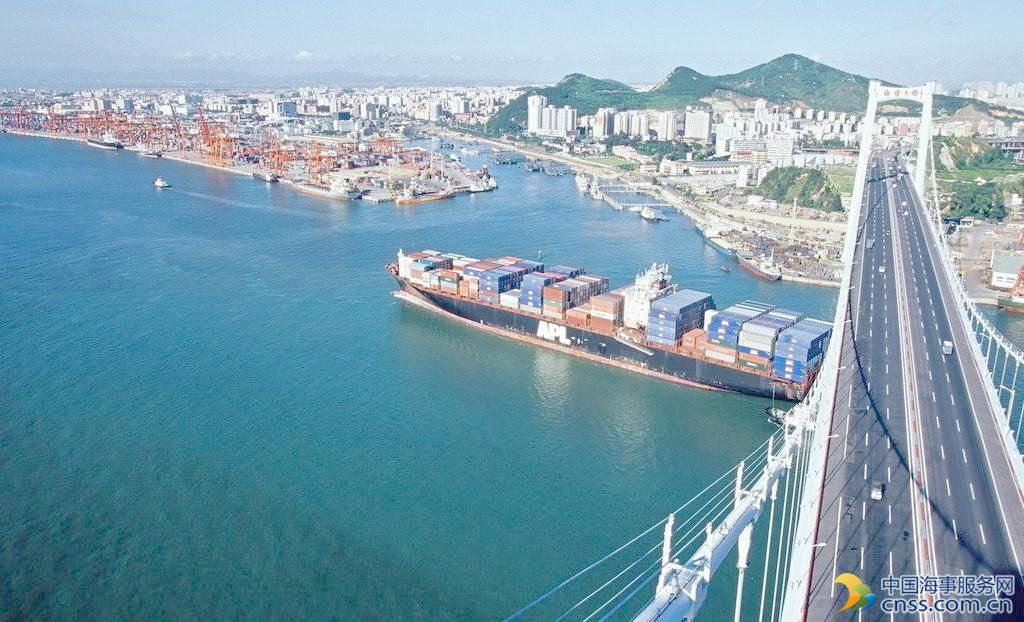Iron risks plunge to $40s as Marex sounds second-half alarm

Labourers work on a pile of iron ore at a steel factory in China. Iron ore has stabilised in the $60s for the past five weeks after getting battered in March and April, with the commodity sinking into a bear market amid escalating concern early-year gains were overdone given the outlook for rising supply.
Iron ore prices that have steadied in recent weeks after a spectacular two-month rout may be set for another steep leg down in the second half, according to Marex Spectron, which forecasts that the commodity is at risk of sinking into the $40s as mine supply expands.
“What we’re seeing six months from now is weaker demand and higher supply,” Georgi Slavov, head of research at the commodity broker, said in an interview in Singapore yesterday. “It doesn’t really bode well for the market, so yes, sub-$50, we do see happening at some point this year.” That forecast raises the prospect that prices may halve from a February peak.
Iron ore has stabilised in the $60s for the past five weeks after getting battered in March and April, with the commodity sinking into a bear market amid escalating concern early-year gains were overdone given the outlook for rising supply. Marex’s focus on the scope for potential second-half weakness echoes comments from Goldman Sachs Group, and is based in part on expectations for more supply from Brazil after a dip in shipments in April.
“We see that the Brazilian story is temporary,” London- based Slavov said, referring to last month’s export pullback, while noting Vale’s ramp-up of the S11D project. While there may be good reasons for prices to stabilise at about $60 for now, given the temporary shortage of high-grade supply and firmer demand, these factors will give way in the second half, he said.
Ore with 62% content in Qingdao, China was at $62.69 a dry tonne yesterday, extending its run in the $60s since mid- April, according to Metal Bulletin. Prices, which hit a 30- month peak of $94.86 in February, posted double-digit losses in March and April and are 21% lower this year. Iron ore hasn’t traded in the $40s since June 2016.
Brazilian shipments fell last month to the lowest since January 2015 after hitting a record for the first quarter, according to trade ministry data. Vale is ramping S11D up toward 90mn tonnes to cut costs, boost volumes and counter the geographic advantage held by Rio Tinto Group and BHP Billiton, whose Australian operations are closer to Chinese mills.
Bolstered by S11D, supply from Brazil will surge more than 100mn tonnes to 526mn tonnes by 2021, BMI Research, the research arm of Fitch Group, estimated this week. Vale’s head of ferrous metals Peter Poppinga predicted last month that iron ore will probably hover close to $70 this year.
Goldman has said it’s bearish on the outlook for iron ore in the second half, citing prospects for higher supply, according to an April 12 note. The New York-based bank also highlighted potential risks from traders unwinding holdings at mainland ports, where stockpiles have climbed to a record.
The port inventories gained again this week, increasing 1.3% to 136mn tonnes, according to Shanghai Steelhome E-Commerce Co After expanding 22% last year, the holdings have risen a further 19% in 2017.
Australia’s government last month flagged lower prices as supply gains, predicting a return to the $50s in the final quarter, referring to rates free-on-board from the top exporter. Barclays shares that view, saying iron will drop toward $50 by the fourth quarter after a period of “modest stabilisation”.
“Short term, there’s good reason for the market to stabilise,” said Slavov, highlighting firmer demand in China, where steel output hit a record in April, according to official data. The country is the top iron ore buyer. “However, we have some concerns for summer and after the summer especially.”
Source: Bloomberg
HEADLINES
- Do shipping markets want Biden or Trump for the win?
- All 18 crew safe after fire on Japanese-owned tanker off Singapore
- Singapore launching $44m co-investment initiative for maritime tech start-ups
- Cosco debuts Global Shipping Industry Chain Cooperation Initiative
- US warns of more shipping sanctions
- China continues seaport consolidation as Dalian offer goes unconditional